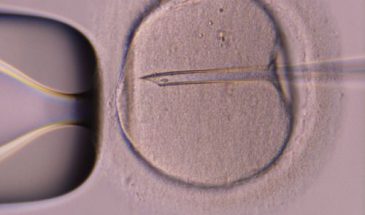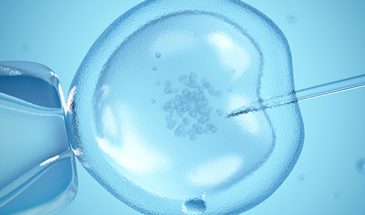- Overview
- Treatment Includes
- Treatment Excludes
- Booking
Embryo Freezing
Embryo cryopreservation involves freezing embryos at sub-zero temperatures to preserve their viability for future pregnancies.
During an in vitro fertilization cycle (IVF), 10 or more eggs are removed from a woman’s ovaries and combined with a man’s sperm. As many as four eggs may be transplanted into the woman’s uterus.
The remaining embryos are then frozen (cryopreserved) in canisters of liquid nitrogen about 320 degrees Fahrenheit below zero.
Embryos can be cryopreserved anywhere from the 2PN stage (24 hours after fertilization) to the blastocyst stage (day 5-6). They are frozen in labeled straws with a plastic topper that is also labeled with the patient’s name, birth date, date of retrieval and the stage of the frozen embryos.
The straws are heat sealed and placed in a plastic tube on an aluminum cane that is kept in liquid nitrogen. They are kept at -196°C and the levels of the liquid nitrogen are checked each day. Although they can be kept in this environment permanently, it is up to the patient to decide the disposition of embryos in the future.
Consent for embryo freezing or thawing must be provided prior to starting an IVF cycle. There are records kept of each embryo frozen or thawed and all information is confirmed before each process takes place.
Freezing eggs empowers women who may not be ready to start a family with the chance to preserve their options for later. Women who may consider freezing their eggs include:
Women who may be undergoing treatment for cancer
Younger women who want to improve their likelihood of beginning a family later in life
No details found.
No details found.
-
StartEndGroup (Min-Max)Pricing




